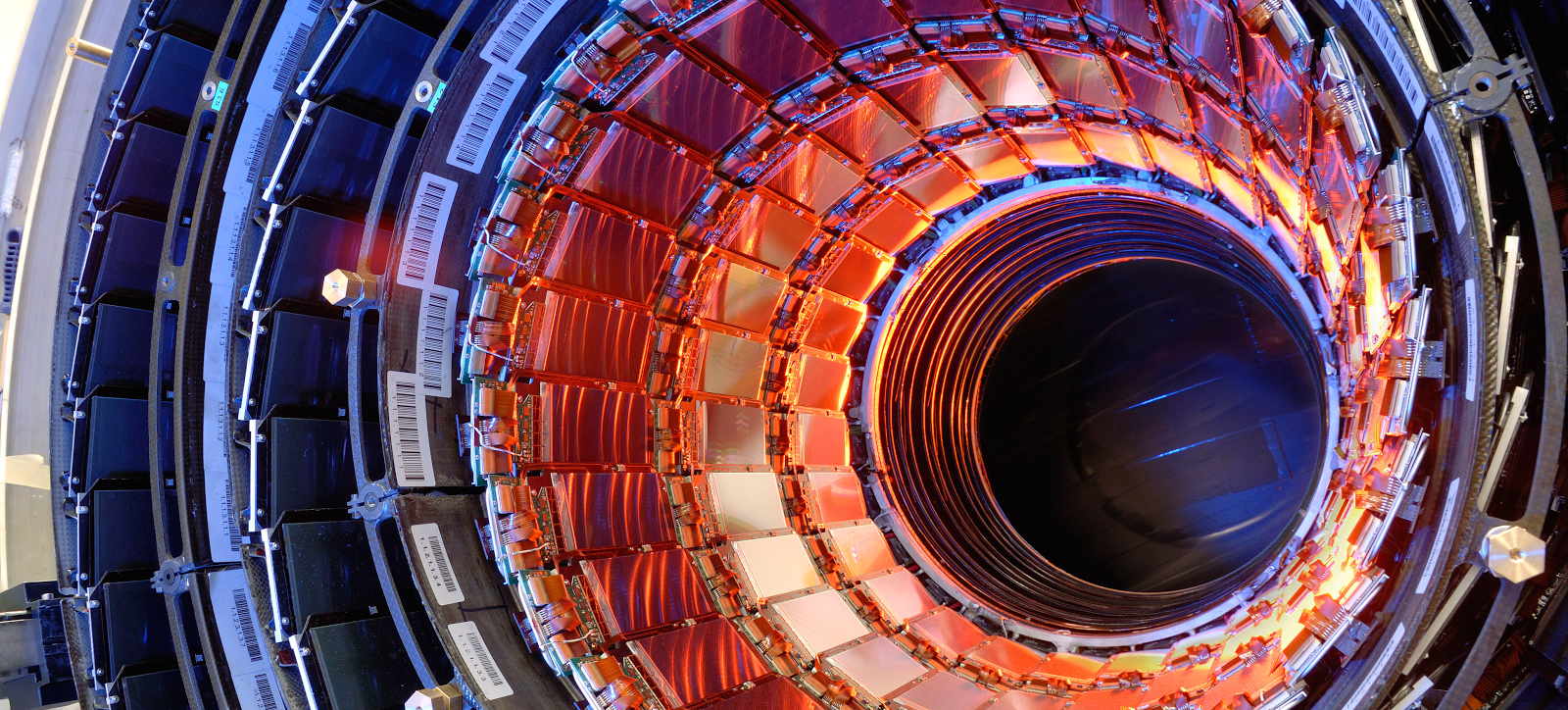
Prompt Images
Sometimes, no news is good news. When you are waiting for the results of that biopsy, say. Other times, it’s the worst possible outcome. Like when you are waiting for Stacy Ring to give you an answer about homecoming after you put every piece of your 14 year-old self-worth in jeopardy by asking her. Come on Stacy, even a “no” would be preferable to this unbearable state of unknowing.
Or, as when you are waiting on some experimental physicists to give you an answer—a press release, a cryptic scientific paper, anything– to confirm or deny the existence of the new ‘discovery’ that they hinted at last December. It seems safe to assume, at this point, that the discovery has gone the way of any hope I ever had with Stacy Ring.
What the hell am I talking about? I’m talking about the lack of any news coming out of Switzerland. Specifically, Geneva. More specifically, CERN, the home of the world’s largest and most expensive science experiment ever: The Large Hadron Collider. You know, the LHC? It’s a 27 km long, ring-shaped tunnel filled with an absurd number of magnets cooled down to a brisk -271.25 ͦ C. It cost the European taxpayers about $10 billion to build, and then fizzled out a week after being fired up. All because some French ding-dong dropped a baguette on one the facilities’ power supplies.
Is this really not ringing a bell? Well, then just trust me. The LHC is a thing. A big gigantic thing meant to probe the tiniest nooks and crannies of existence.
Here’s how it works: scientists send opposing beams of protons whirling around that 27 km long tunnel at near light speed. Then they smash those proton beams into one another. Why do this? To see what stuff comes out of the collisions. To see if there might be some other particles hiding away deep inside those protons or in the spaces in between, particles that we have yet to meet or imagine. Zaxons and Bobons and Khal-drogons.
Admittedly it is a strange approach to probing the inner workings of a thing. A bit like early anatomists deciding to study the human body, not by carefully dissecting cadavers, but instead by catapulting dead bodies at one another and investigating the resulting macabre debris. But somehow, at the atomic level, it works. By breaking up atoms and protons and neutrons and really anything they can get their hands on, physicists have discovered quarks and muons and gluons and built this table of particles:

Never mind the particular names, or miscellaneous little numbers. All you need to know about these 17* ‘elementary particles’ is that they represent nothing short of everything.
*Quick Aside: Technically speaking, there are more than 17 elementary particles. Because for each of the particles in this chart, there is also a corresponding antimatter particle to match. The matching matter and antimatter particles are identical except for an opposite electric charge. For example, the electron has an evil twin called a ‘positron,’ which is literally just an electron that is repulsed by (instead of attracted to) protons. Including all the antimatter particles gives us more like 30 elementary particles. It’s not exactly 34 particles (2 X 17 = 17) because some particles are their own antiparticle – if they happen to have no electric charge.
Still, whether it’s 17 particles or 30 particles, we are looking at a pretty lean list of ingredients for a universe. Consider that the standard Crayola box comes with 64 crayons, all so your 4 year-old can make stick figures and rainbows on beige paper. Meanwhile Mother Nature is using less than half that number of particles to crank out Strawberry Frosted Pop-tarts, your iPhone, the entire animal kingdom, oh, and all 64 of your kids crayons.
But this table wasn’t supposed to be the last word. That’s how science works. Most of the particles on this table have been known for decades. So it was due for an upgrade.
The LHC was built, in part, to find the Higgs particle – the one dangling awkwardly off the right column and thus giving itself away as the noob. The Higgs had been predicted back in the 70s, but it took four more decades before physicists had a collider big enough to actually spot one.
When the Higgs was finally discovered at the LHC in 2012, it was really, really big news. Front page on CNN, BuzzFeed, NYT. If your job was delivering news content on July 5thof that year, you covered the shit out of the Higgs. And the fact that some folks may or may not remember this doesn’t change the fact that for a brief moment, the entire world was excited about a new elementary particle. For one glorious day, we were all nerds. And physics nerds at that.
But once that moment passed, physicists turned from the past towards the future. Because the real hope of the LHC was that it would find something unexpected. Something that might give a clue about the deepest remaining mysteries in physics. What is Dark Matter made of? Are there more than three dimensions of space? Are the ‘elementary particles’ like electrons and quarks made of still smaller stuff yet?
The LHC offered not just confirmation of the contemporary order, but uncharted territory to explore. Exotic particles waiting to be found. And Nobel Prizes by the fistful.
And yet, here we are four years later, almost to the day, and the lack of any news from Switzerland suggests nothing new or exotic has been discovered. For the last hundred years or so, we couldn’t get the universe to shut up. We’d build an experiment to probe some interesting phenomena and the universe would vomit up a thousand new and unexpected things. And then sometime after we’d found the Higgs, the universe stopped returning our calls. From our stupidly expensive Rube-Goldberg-y phone.
What happened, universe? Did we do something to piss you off? Did you finally run out of things to say? Or maybe, you’d been planning an early retirement all along, culminating in one final act:
Reveal Higgs. Drop the mic. Exit stage right.
It doesn’t really matter at this point. Whatever it was, we can fix it. I swear we can. If you’d only talk to us. Please, I know we can make this work.
We just need you to talk to us.



